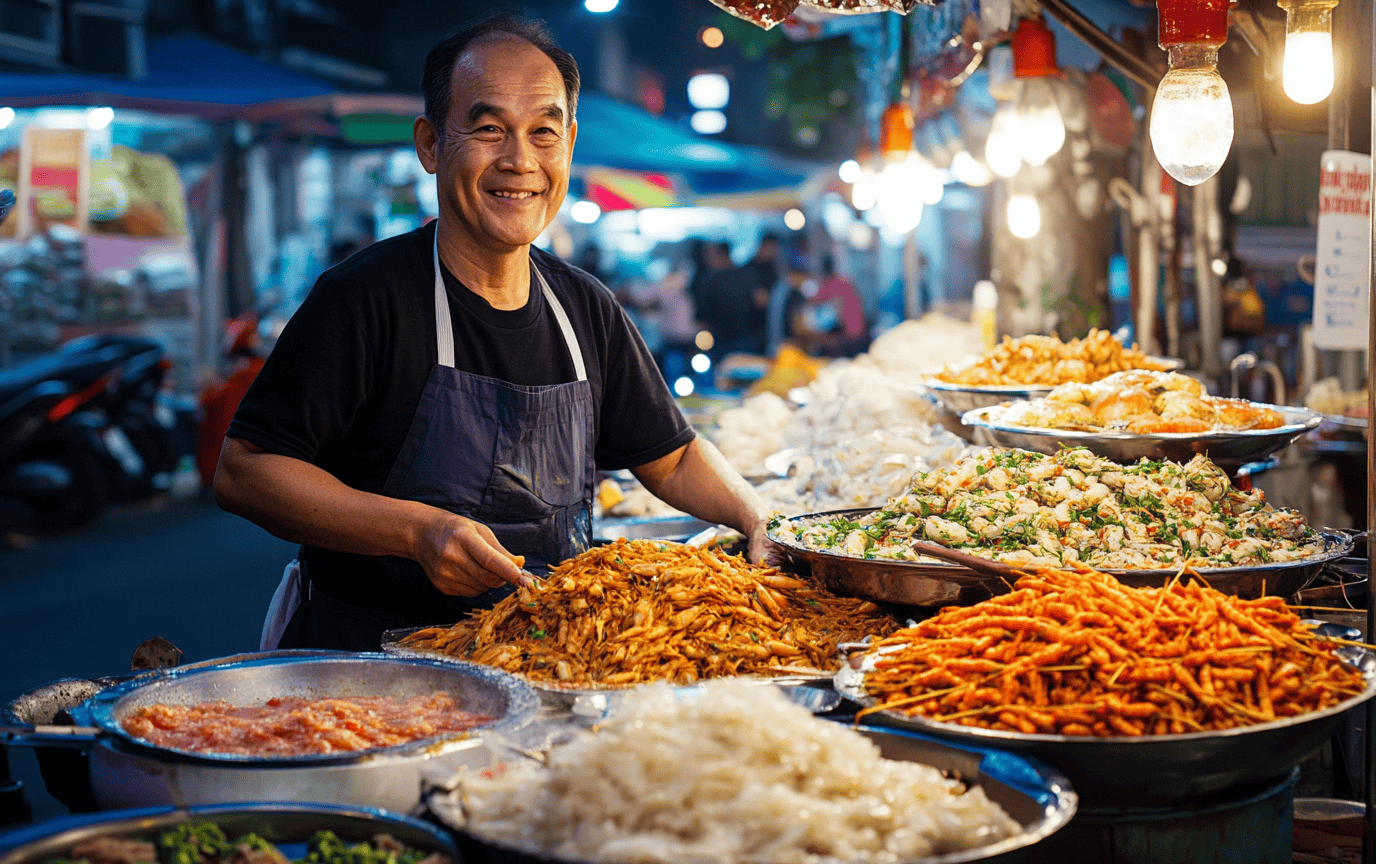A Guide to Food Safety While Traveling Abroad
Traveling abroad is a thrilling venture, a dance of cultures expressed through the tantalizing flavor of local dishes. The scent of spices in the air, the sizzle of food on grills, vibrant colors of street food—this is where the heart of the culture reveals itself. But with every gastronomic delight comes an underlying concern: food safety. As you set out to discover new cuisines, understanding the risks and precautions to take can make the difference between a memorable adventure and a regrettable one. Let’s embark on this journey together, equipped with knowledge to ensure a safe and delicious culinary exploration.
Understanding Food Safety Risks
Every international journey opens doors to varied culinary wonders but also exposes you to potential health risks. When your taste buds are tantalized by unfamiliar dishes, remember that not all food preparation and hygiene standards are up to par with what you might be used to back home. Contaminated food and water can lead to unwelcome guests like traveler’s diarrhea—often a result of bacteria transmitted through the fecal-oral route[^3^]. This illness can turn a vibrant market visit into a harrowing experience. Keeping these threats in mind is crucial to ensuring your travel remains one filled with joy and not discomfort.
Key Principles for Safe Eating
Cook It, Wash It, Peel It, or Forget It. This mantra succinctly encapsulates the essence of food safety while abroad. Whenever you’re faced with food choices, let this guide your decisions.
Choosing Cooked Over Raw
Opt for foods that have been thoroughly cooked and served steaming hot. Dishes such as grilled meats and freshly cooked seafood should be your go-to. The warmth is not only inviting but a critical barrier against harmful bacteria. Conversely, tread carefully around raw or undercooked items; sushi with untraceable origins or lightly cured meats can hold a dangerous bite of salmonella. Always ensure that animal products are cooked to the appropriate temperatures before they reach your plate[^4^].
On the Subject of Dairy
Ah, creamy cheeses and luscious yogurts beckon from markets and menus. However, be cautious—unpasteurized dairy products, often found at local stalls or markets, can carry significant health risks. They may be rich in flavor but tend to be unsafe. Stick to pasteurized products like hard cheeses or those prepared under strict conditions[^2^][^5^].
The Allure of Street Food and Buffets
Street food can be a vibrant part of the culinary journey, but watch out—the lack of regulation in many street vendors’ practices may not align with your standards. If the food doesn’t look fresh or is left out for too long, it may not be worth the risk. Buffets can pose similar threats; food left out longer than necessary becomes a petri dish for bacteria. Ensure steaming plates of hot food remain so, and watch the chill of cold items. When in doubt, opt for the places where the locals gather; their trust often speaks louder than a polished menu[^5^].
Safe Drinking Practices
Water is the essence of life, yet in many parts of the world, it can also be the source of illness.
Stick to Bottled and Sealed Beverages
The preference for bottled drinks is not merely a habit; it’s a necessity in areas where water sanitation is questionable. Sealed beverages like bottled water or carbonated sodas generally pose lesser risks. The fizz in sodas can often provide that added safety buffer before you indulge[^1^][^2^].
Avoiding Tap Water
In your quest for hydration, refrain from tap water—at least until you confirm its safety. Use bottled or disinfected water not just for drinking but also for brushing your teeth and rinsing fresh produce. Remember, precaution is better than cure[^1^][^5^].
Hot Drinks as Safer Alternatives
Delight in the rich flavors of hot coffee or tea, but be vigilant. Ensure they’re served at a temperature that would incinerate any lurking bacteria. Steer clear of unpasteurized milk that may accompany your drink, lest it bears uninvited guests[^5^].
Additional Tips for a Safe Culinary Adventure
Traveling is more enriching with a few extra precautions in mind.
Research Your Destination
Prior to gallivanting through foreign landscapes, familiarize yourself with general food and water safety in your destination through resources like the CDC[^2^][^3^]. Knowledge fuels confidence, and that confidence enhances your trip.
Pack Wisely
As you pack your bags, consider including a water filter or purification tablets. This small addition can ease your worries about uncertain water quality. A reusable water bottle not only lessens plastic waste but keeps hydration handy[^2^].
Hand Hygiene Matters
Frequent handwashing, using soap and water, serves as your first line of defense against illness. Whenever the opportunity arises, wash up—especially before meal times. If cleanliness is out of reach, a trusty alcohol-based hand sanitizer can assist in keeping you safe[^3^][^5^].
Conclusion
The textures and flavors of foreign dishes brim with stories waiting to be tasted. Exploring diverse cuisines is a highlight of any travel experience, a tapestry woven not just with spices and ingredients, but with adventure and joy. While culinary adventures invite you to indulge, they also require a watchful eye and thoughtful caution. By embracing food safety practices, you turn potential threats into delicious experiences. In the grand symphony of tastes, the notes of enjoyment and health can harmoniously coexist. So venture forth, and savor every last bite. Bon appétit!
Interested in more insightful reads? Check out our Travel Tips section for the latest advice. For lifestyle inspiration, explore our Lifestyle category, and dive into amazing destinations at Destinations. Don’t forget to connect with us on YouTube, or follow our adventures on Instagram and Pinterest.













